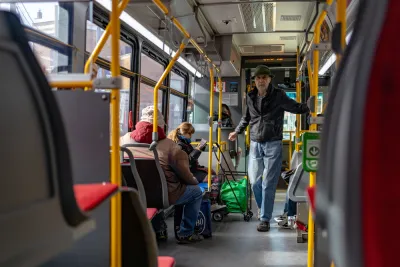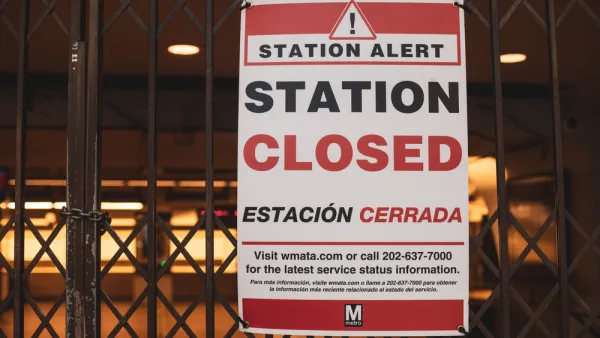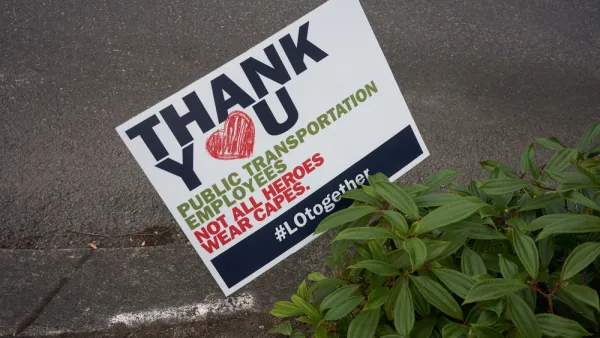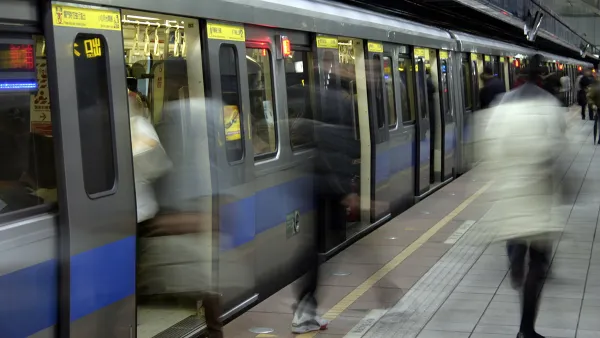Transit routes used by workers in Toronto heading to industrial jobs have still been crowded with riders during the coronavirus pandemic.

Ben Spurr reports from Toronto, where the Toronto Transit Commission (TTC) is providing commuting service for essential workers through the pandemic, leading advocates to call for better service on crowded routes.
Local blogger and transit advocate Sean Marshall mapped the busy TTC routes in the city, where riders are still relying on service despite a reported 80 percent dip in ridership, locating the busiest routes in industrial areas populated by a high concentration of warehouses, food processing plants, light industrial facilities, and industrial bakeries. The jobs tend to pay low wages relative to other sectors of Toronto's economy, according to the article.
As a response to the current state of transit ridership in the city, the TTC announced on April 1 that it would add "at least 47 buses to 15 of its crowded bus routes during busy morning periods," reports Spurr. "The agency said it would monitor crowding, and the routes receiving extra service would change as needed."
FULL STORY: Who’s still crowding into TTC buses amid the pandemic? Evidence suggests many are Toronto’s working poor

National Parks Layoffs Will Cause Communities to Lose Billions
Thousands of essential park workers were laid off this week, just before the busy spring break season.

Retro-silient?: America’s First “Eco-burb,” The Woodlands Turns 50
A master-planned community north of Houston offers lessons on green infrastructure and resilient design, but falls short of its founder’s lofty affordability and walkability goals.

Delivering for America Plan Will Downgrade Mail Service in at Least 49.5 Percent of Zip Codes
Republican and Democrat lawmakers criticize the plan for its disproportionate negative impact on rural communities.

Test News Post 1
This is a summary

Test News Headline 46
Test for the image on the front page.

Balancing Bombs and Butterflies: How the National Guard Protects a Rare Species
The National Guard at Fort Indiantown Gap uses GIS technology and land management strategies to balance military training with conservation efforts, ensuring the survival of the rare eastern regal fritillary butterfly.
Urban Design for Planners 1: Software Tools
This six-course series explores essential urban design concepts using open source software and equips planners with the tools they need to participate fully in the urban design process.
Planning for Universal Design
Learn the tools for implementing Universal Design in planning regulations.
EMC Planning Group, Inc.
Planetizen
Planetizen
Mpact (formerly Rail~Volution)
Great Falls Development Authority, Inc.
HUDs Office of Policy Development and Research
NYU Wagner Graduate School of Public Service





























